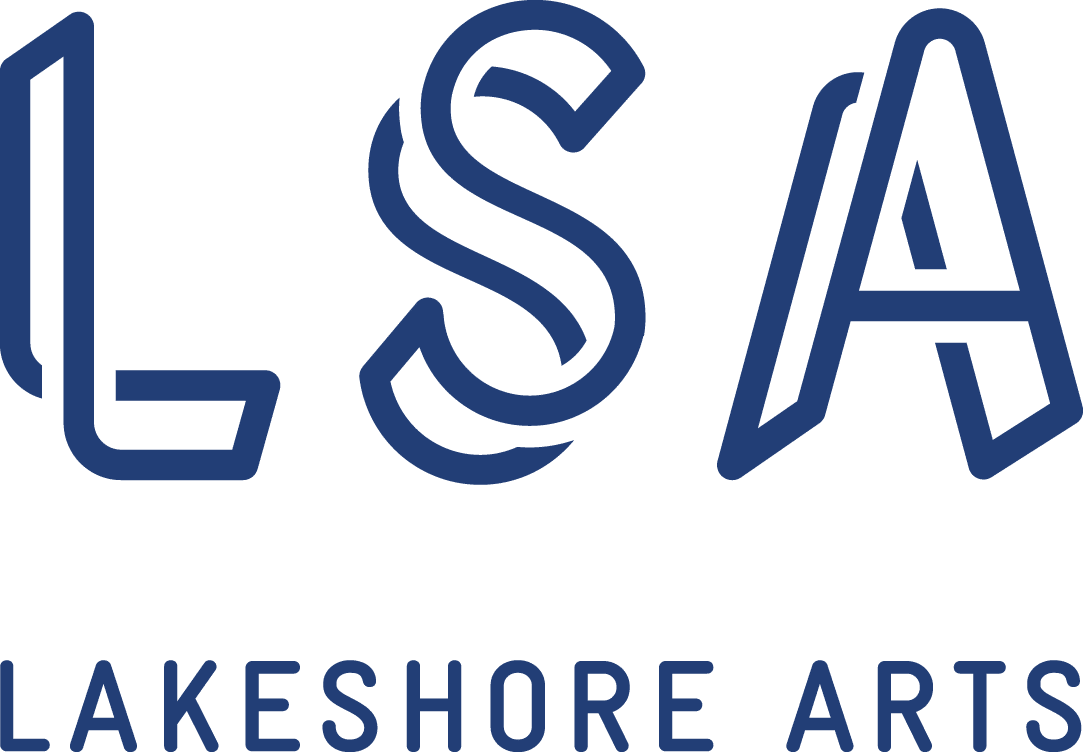This opinion article is written by Jules Sherwood. A queer, nonbinary performer, writer, and artist. Jules is sharing her thoughts and insights throughout Pride month 2021. She is so excited to be working as a writer/researcher for the QSummit Campaign! LGBTQ+ stories and history are essential to her as a member of the community, and she believes they should be more widely visible. Enjoy her piece.
Hello, again wonderful folks!
Today I’ll be touching on a slightly controversial topic – GSAs in Canadian high schools.
First, let’s clarify what is a GSA and what is its purpose? A GSA/QSA or ‘Gay Straight Alliance or Gender and Sexuality Alliance/Queer Straight Alliance is a student-led group (like a student council) within a school that functions like any other extra-curricular club and is often a safe space for LGBTQ+ youth to gather and converse. They may participate in political activism or focus on discussion among the members regarding LGBTQ+ topics and issues such as coming out, LGBTQ+ politics/history, various identities within the community, etc.
The purpose of a GSA is to create an inclusive and safe environment for queer youth and allies of the community to gather and support one another, fostering a queer community within schools.
But how do GSAs really ‘work?’ Do they function as intended, or are they doing more harm than good?
To begin this conversation, let’s look at why GSAs are important. For many LGBTQ+ youths, school can be a desolate and isolating place to see their experiences and/or identity reflected in their environment. The reality is, there isn’t much curriculum taught in the average school about LGBTQ+ experiences or identity, and for many, a GSA may be the only safe environment they have access to where they can share their experiences with others without facing the fear of judgement or discrimination.
So based on this knowledge, a GSA seems like an excellent idea, yes?
Unfortunately, there are other factors to consider, particularly regarding the safety of those individuals joining the GSA.
For example, which school administrator will be aligned with/advising/supporting the group? Are they themselves a part of the community or an ally? Is there any risk of ‘outing’ students in the group to other people at school or outside of it, such as their family members? Sadly, there are too many horror stories following this narrative, and some with extremely dire consequences.
As I touched on previously, what could be some consequences of not having a GSA present in the school environment?

According to the Trevor Project’s National Survey on LGBTQ Youth Mental Health 2021, 42% of LGBTQ youth seriously considered attempting suicide in the past year, including more than half of transgender and nonbinary youth. That’s a huge percentage, and research has shown that these statistics improve when youth have access to identity-affirming experiences and a supportive community.
So, should GSAs be a part of the school environment? Despite some potential risks and the lack of legislation concerning certain privacy concerns, I’m inclined to say yes. I believe that there should be federal legislation within Canada regarding GSAs, both affirming their right to exist and regulating privacy-related concerns, such as making it illegal for members or faculty to ‘out’ fellow members/students.
But overall, the impact of GSAs is a positive one, and considering school is the second most important environment for developing youth, a much-needed addition.
Feature Image from them.us


